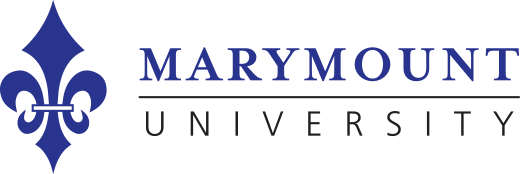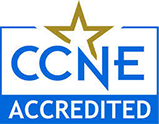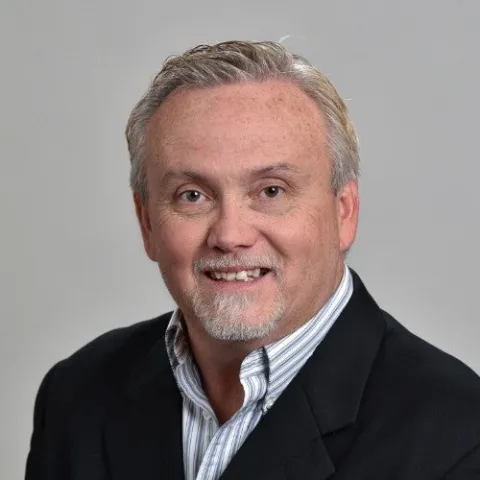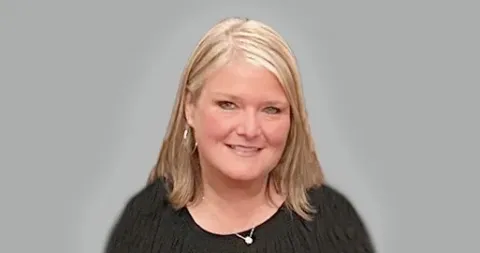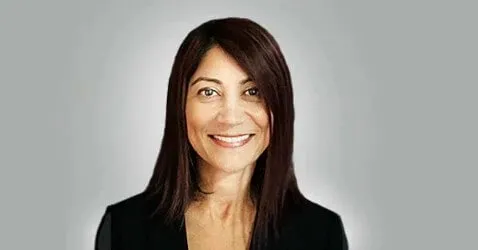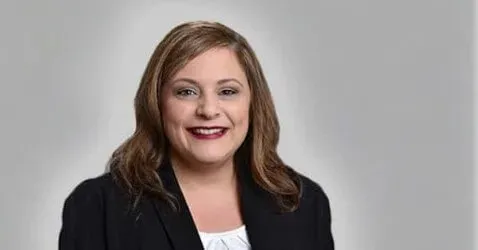- Go to Section
- Admission Requirements
- Clinical Placement
- Curriculum
- Faculty
- FAQs
Change careers with an Accelerated Bachelor of Science in Nursing (ABSN)
The demand for skilled, caring health care professionals continues to grow. In just 16 months, Marymount University’s online Accelerated BSN empowers you with clinical nursing skills and didactic coursework to meet the rising need for nurses, make a rewarding career change and enter the contemporary health care environment. You will build on your previous bachelor’s degree—gaining knowledge, experience and confidence to take the National Council Licensure Examination (NCLEX) and become a Registered Nurse (RN).
Our online ABSN is a fast-track nursing program that is full-time and requires students to be in Virginia for clinicals and on-campus residencies.
Are You Eligible?
You must be a resident of Virginia, Maryland or the D.C. metro area to apply. Our second-degree BSN program is full-time and requires students to be in Virginia for clinicals and on-campus residencies. By studying near our campus in the D.C. area, you’ll have exposure to health care policy and start your nursing career in an advantageous location. D.C. is one of the top-paying areas for registered nurses, with an annual mean salary of $99,000.1 Overall, jobs for registered nurses are projected to grow by 6% by 2032, opening up an estimated 177,400 jobs. 2
The baccalaureate degree program in nursing at Marymount University is accredited by the CCNE.
Online Accelerated Nursing Program Admission Requirements
All applicants must also have a bachelor’s degree in any field from an accredited U.S. college or university and completion of prerequisite courses.
To apply, you must complete an online interview and submit:
- Transcripts with a minimum GPA of 2.8
- One letter of recommendation
- A writing sample
- Proof of residency in Virginia, Maryland or D.C.
No nursing experience is required, but the following prerequisite courses must be completed before you can begin the ABSN program.
You must receive a C or higher within the last ten years.
- Anatomy & Physiology I with Lab (4 credits)
- Anatomy & Physiology II (4 credits)
- General Chemistry or higher-level Chemistry with Lab (4 credits)
- Microbiology with Lab (4 credits)
- Developmental Psychology (3 credits)*
- Nutrition (3 credits)
- Sociology or Anthropology (3 credits)
- Statistical Analysis (3 credits)
* This course must oversee full lifespan and can be completed in one or multiple courses.
Clinical Placement Services
Marymount works with you to offer a high-quality placement experience in Virginia that meets the University’s clinical requirements and prepares you for success in your future practice.
01
High Placement Success Rate
Some schools put the burden of identifying preceptors and sites for clinicals on the student. At Marymount, we fully support you by providing Clinical Placement Services so you can concentrate on studying. Our talented team of Clinical Placement Specialists are highly successful at securing clinical site placements for our online nursing students.
Clinical Placement Services are provided to all Marymount online nursing students free of charge. We won’t charge you anything beyond your regular tuition and fees.
Learn More About Clinical Placement
02
Clinical Placement Made Easy
Our Clinical Placement Team coordinates all aspects of the clinical placement process to secure you a placement site and preceptor within a reasonable distance of your home. Our Clinical Placement Coordinators serve as facilitators, making the process as seamless as possible.
Their responsibilities include:
- Placement overview
- Document/clearance requirements
- Placement updates
- Student relocation compliance
- Student communications
Learn More About Clinical Placement
03
How Does it Work?
- You’ll collaborate with a Marymount Placement Coordinator, who will walk you through the process and be your primary point of contact right through to graduation.
- Based on your goals and location, the Placement Specialist will identify an appropriate site and preceptor for you.
- Our goal is to place you within a reasonable driving distance of your residence.
- You will meet all deadlines and requirements for placement through close communication and collaboration with your Placement Coordinator.
- Your Placement Coordinator will guide and support you through your clinical clearance and onboarding.
Learn More About Clinical Placement
Connect and Learn During the On-Campus Residencies
The on-campus residencies are an immersive experience and will engage ABSN students in hands-on learning experiences, skills training and practice including but not limited to:
- Health assessment
- Activities of daily living
- Oxygenation related interventions
- Medication administration
- Wound care
- Competency check-offs
- High fidelity patient simulation (patient simulators that talk, breathe and have changing hemodynamics based on students' response to the situation)
- Time to connect with faculty, students and the community
Online ABSN Curriculum Snapshot
For a complete list of courses and course descriptions, access your comprehensive digital program guide.
This nursing course serves as an introduction to the professionalism and values of nursing. A historical perspective is used to provide background for subsequent study of contemporary nursing practice and research. Prerequisites: BIO 161, BIO 161L, BIO 162, and BIO 162L. Liberal Arts Core/University Requirements Designation: WI, DSINQ. (3 credits)
This course prepares students to perform a comprehensive health assessment of the adult client. Some topics explored in this course include communication and documentation, as well as ethical, spiritual and cultural considerations. Additionally, students will evaluate risk related to environmental, genetic and lifestyle factors. Course includes a laboratory component. Corequisite: NU 231. (3 credits)
This course focuses on mental health promotion and the care of clients with acute and chronic mental illness. Primary, secondary and tertiary prevention are addressed. The curriculum components of the health care system, research, education and society are addressed as these relate to mental health and mental illness. The nursing process is applied as students assess, diagnose, plan, intervene and evaluate the care of clients experiencing mental illness. Knowledge of the nurse-patient relationship is expanded as students provide client care. Course includes lecture and clinical components. Prerequisites: NU 230, NU 231, NU 302, NU 306, and NU 307. Corequisite or prerequisite: NU 308. (4 credits)
An introduction to the process of systematic investigation necessary for the continued development of the body of knowledge that forms the basis of nursing practice. The purpose of this course is to provide learners with the opportunity to systematically examine the research process, characteristics of practice-based research leading to the development of evidence-based nursing practice, and methodologies appropriate to the investigation of researchable nursing-practice problems. Emphasis is placed on guiding learners through the research process, facilitating the critical reading of nursing and related research, developing skill in identifying researchable problems encountered in the practice of nursing, and stimulating the intelligent application of research findings to nursing practice. Focus is given to the interrelatedness and interdependence of the parts of the research process and evidence-based practice issues. Prerequisites: MA 132 and NU 308. Liberal Arts Core/University Requirements Designation: DSINQ. (3 credits)
Why Choose Our Accelerated BSN Program For Non Nurses?
Benefit from Local Partnerships
Marymount University nurses are highly sought after by healthcare leaders across Virginia. Dr. Melody Dickerson, Chief Nursing Officer at VHC Health, shares the qualities that make our ABSN graduates stand out, including their professionalism, poise and exceptional training. Watch the video to hear about our strong local partnerships, providing diverse and enriching clinical experiences.
ABSN Program Career Outcomes
An online ABSN program quickly gives you the knowledge, clinical skills and NCLEX exam prep needed to become a registered nurse (RN) in your state of residence. Requirements vary by state, but all nursing graduates must pass the NCLEX exam to become licensed. As an RN, you will connect with other healthcare professionals and patients across various settings as you provide or coordinate care, education, advice and support.
See some of the top reasons why nursing is a fulfilling profession:
- Meaningful work: helping others has a positive impact — RN-prepared nurses are associated with better patient outcomes. 3
- Competitive salary: the median pay for RNs is $86,070 per year, which is 31.46% higher than the national average.2
- Diverse opportunities: RNs have a range of opportunities and specializations. Common work settings include hospitals, mental health clinics, military bases, schools and more.
.
*U.S. Bureau of Labor Statistics, May 2023
$86,070
Median Total Annual Wages For Registered Nurses*
Why pursue a second career as a nurse?
- Gain a deeper sense of purpose and meaning
- Perform exciting, rewarding, people-focused work
- Be a hero and an advocate for patient rights
- Work in a variety of different environments
- Choose from dozes of areas of specialty
- Earn a competitive salary
Meet Your Online ABSN Faculty
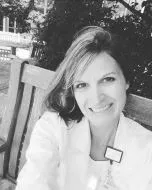
Jennifer Drapp
Instructor
As a bedside nurse, she specialized in adult critical care and women's health. She has been an educator for seven years.
Read more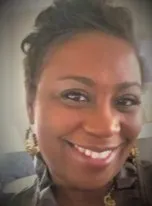
Kenya Fluellen
Professor
20+ years of experience in medical-surgical nursing, pathology/pharmacology and culturally competent care.
Read more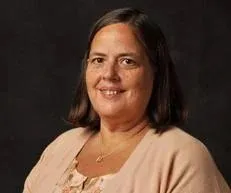
Karen Peck
Assistant Professor
Her research interests are telemedicine, disaster management, emergency department flow and student success.
Read more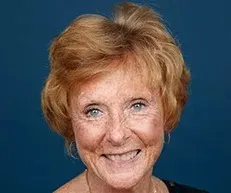
Judith Rogers-Fruiterman
Assistant Professor
Experienced nurse and administrator in women’s health, acute-care hospital leadership and senior services.
Read more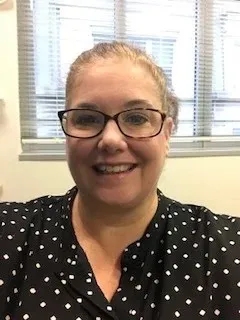
Debbie Smith
Continuing Instructor
Certified Nurse-Midwife specializing in obstetrics, gynecology and nursing fundamentals.
Read more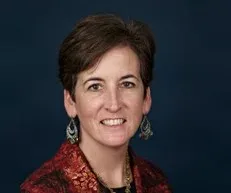
Maryann Valcourt
Assistant Professor
Pediatric nurse with 20+ years of experience. Passionate about teaching and working with students.
Read moreFAQs About the Online ABSN Program
No nursing experience is required, but the following prerequisite courses must be completed before you can begin the ABSN program.
You must receive a C or higher within the last ten years.
- Anatomy & Physiology I with Lab (4 credits)
- Anatomy & Physiology II (4 credits)
- General Chemistry or higher-level Chemistry with Lab (4 credits)
- Microbiology with Lab (4 credits)
- Developmental Psychology (3 credits)*
- Nutrition (3 credits)
- Sociology or Anthropology (3 credits)
- Statistical Analysis (3 credits)
* This course must oversee full lifespan and can be completed in one or multiple courses.
Yes, you must be a Virginia, Maryland or D.C. resident to enroll. Your clinical rotation and on-campus residencies will be in Virginia.
If you have questions about your state of residence, please contact us for more details.
The first step in becoming an RN is completing an accredited BSN program. Recent graduates must pass a standardized exam called the National Council Licensure Examination or NCLEX-RN to obtain licensure and legally practice nursing. Requirements are defined by the Board of Nursing and vary by state.
Marymount University offers a free NCLEX-RN prep course at the end of the ABSN program.
Speed, personalized support and flexibility – Marymount offers one of the fastest ways to start your nursing career. In 16 months, you can be an ABSN graduate prepared to take the NCLEX-RN® exam and become a registered nurse.
The interactive online format allows you to maximize your time and comprehension, giving more flexibility to your schedule and learning style.
All work is completed online with the exception of the two-week on-campus residency and clinical rotations in the state of Virginia.
For the 2023-24 academic year, the Online ABSN program tuition is $18,700 per semester. Additional fees do apply.
For more cost and financial aid details, visit our Tuition & Financial Aid page or complete the form to contact an admissions advisor.
No, the online ABSN is rigorous and requires total dedication – between 8 to 12 hours of study per day.
